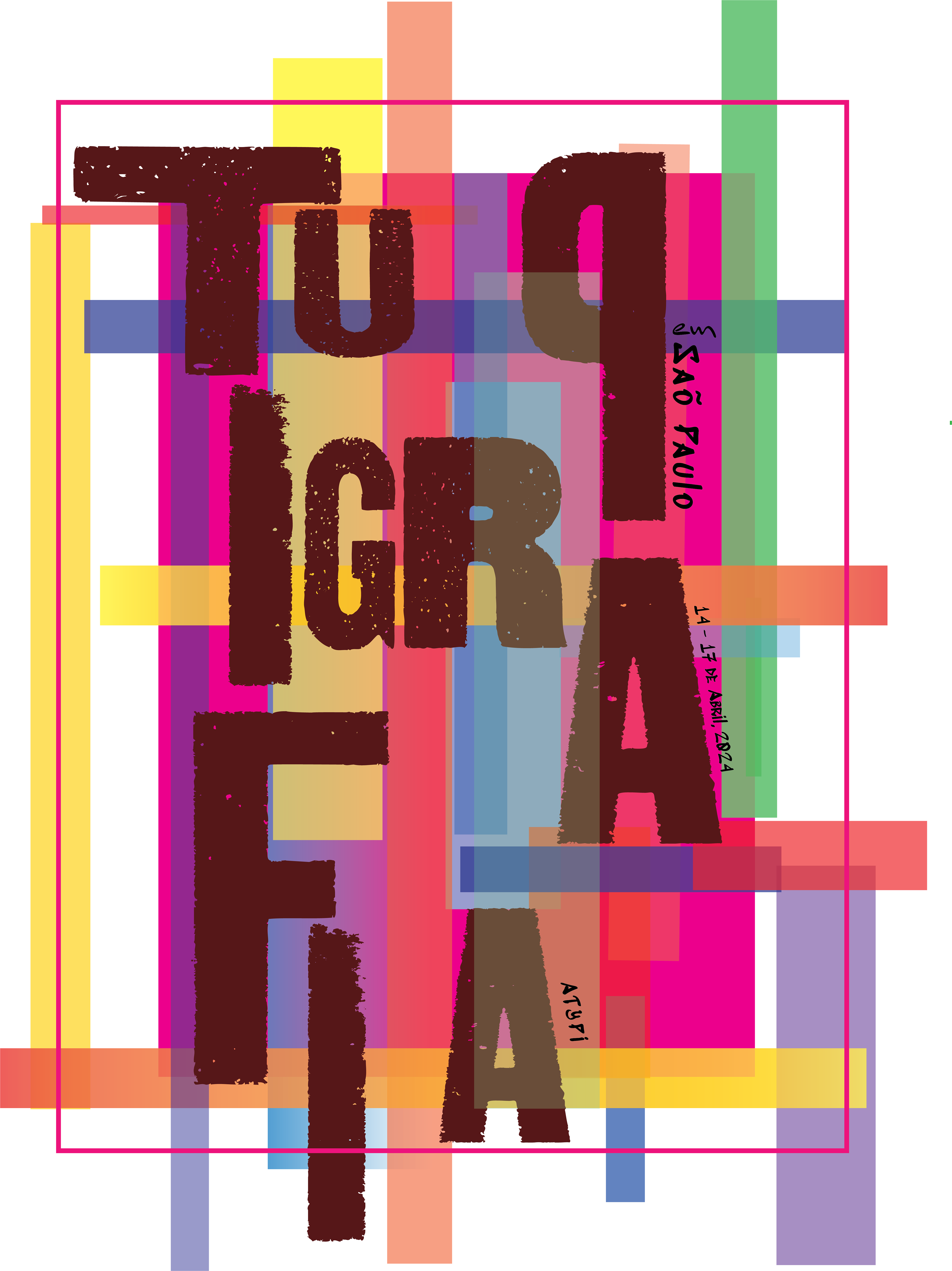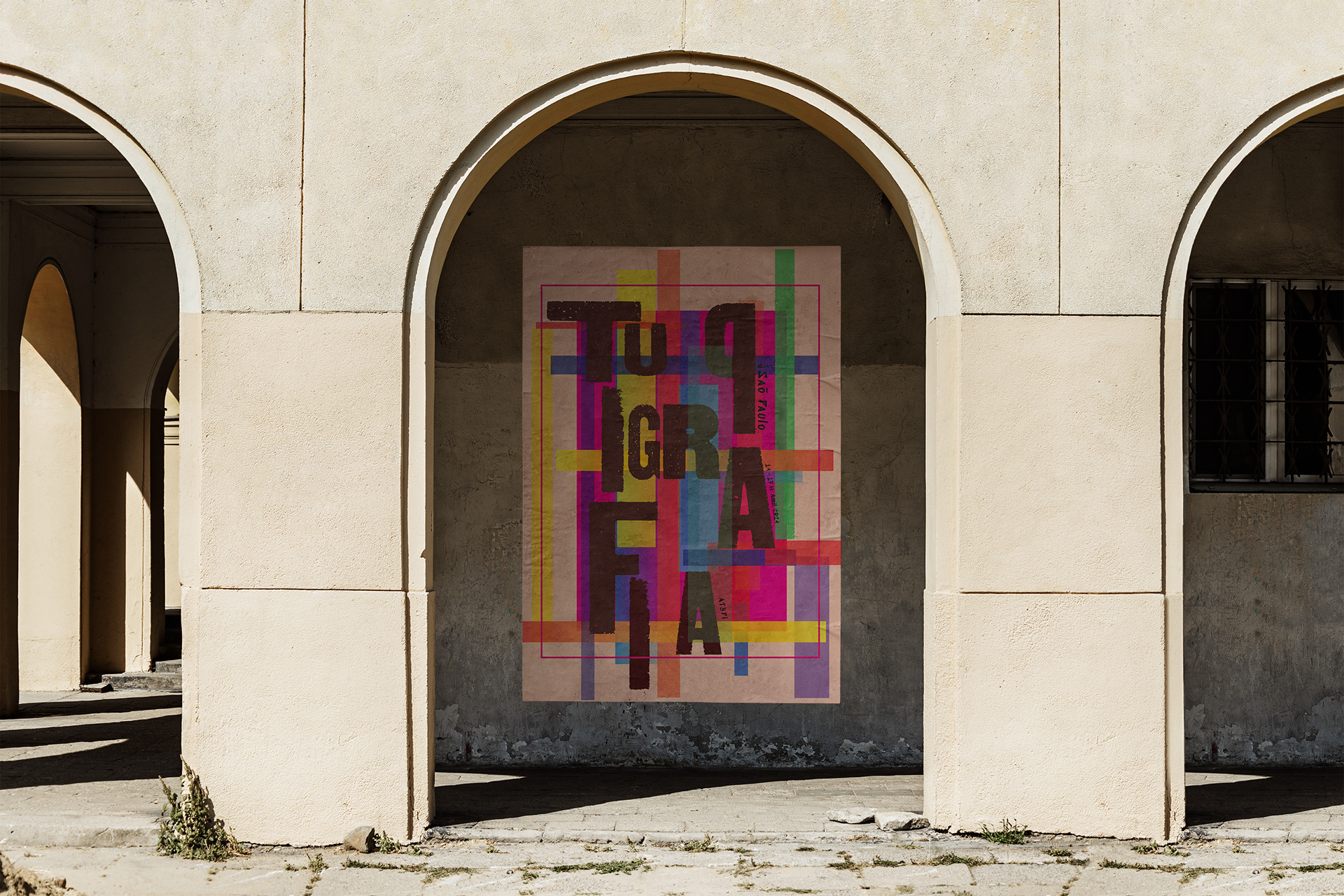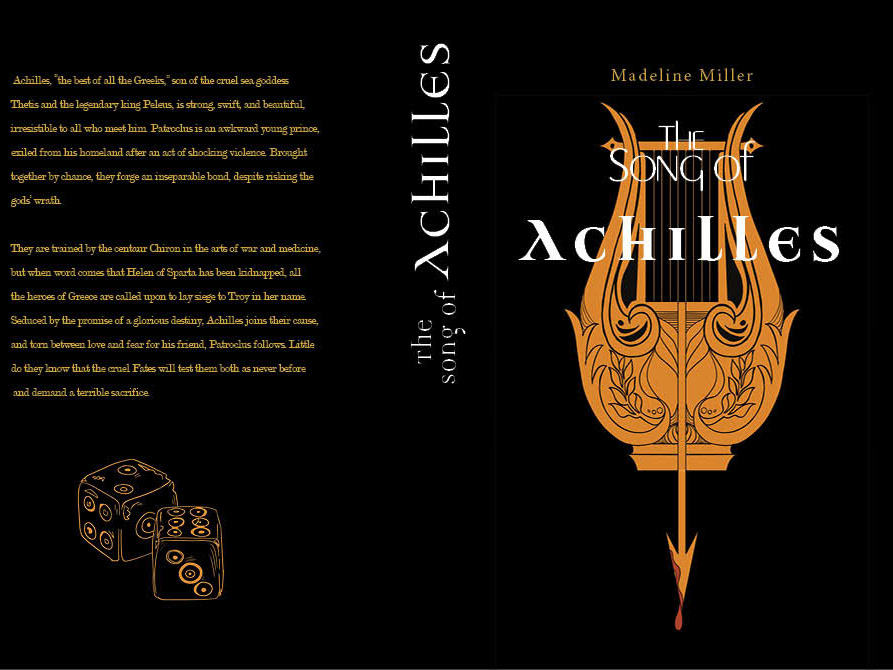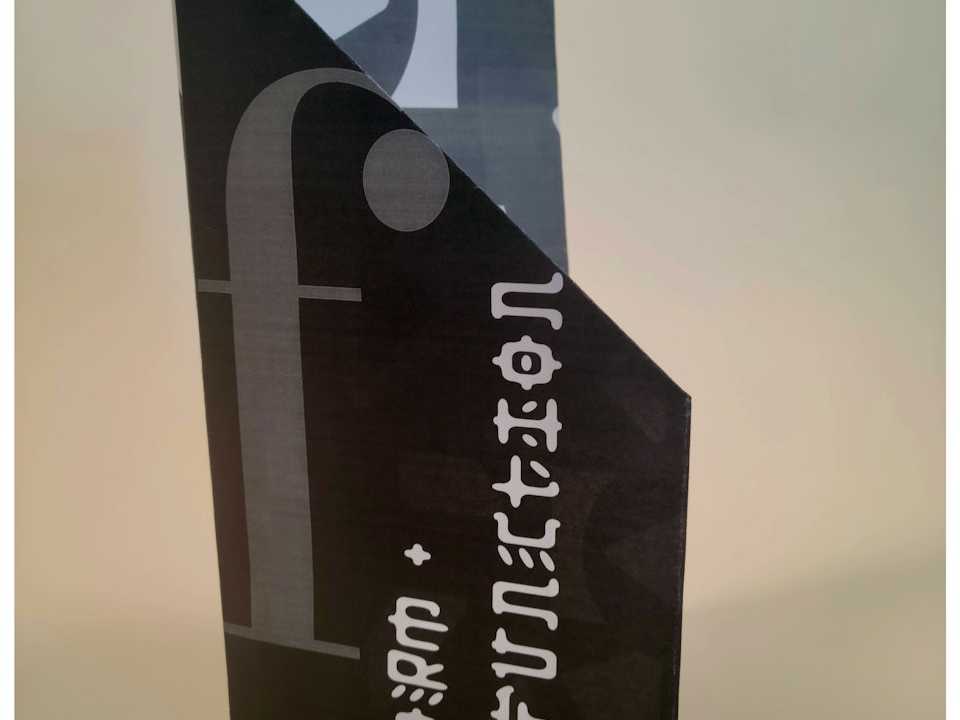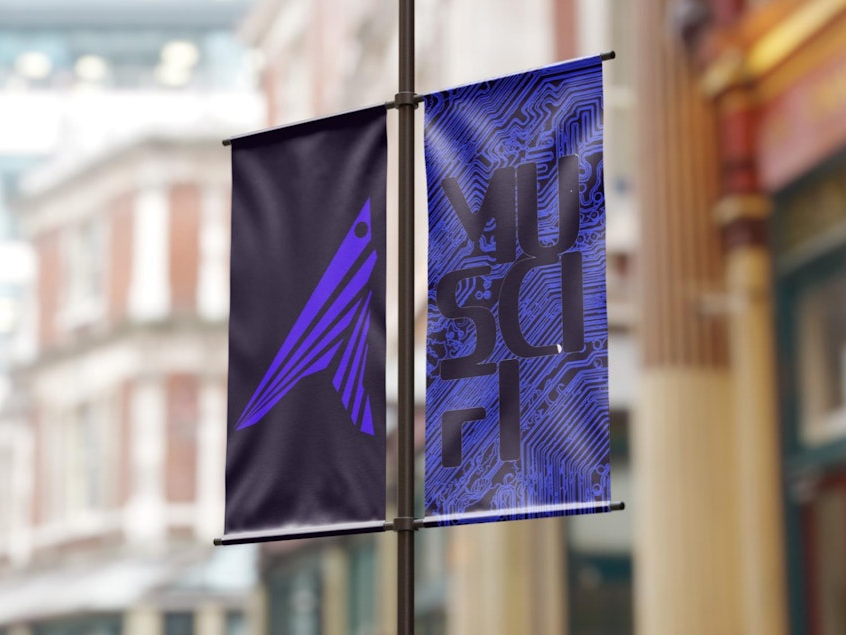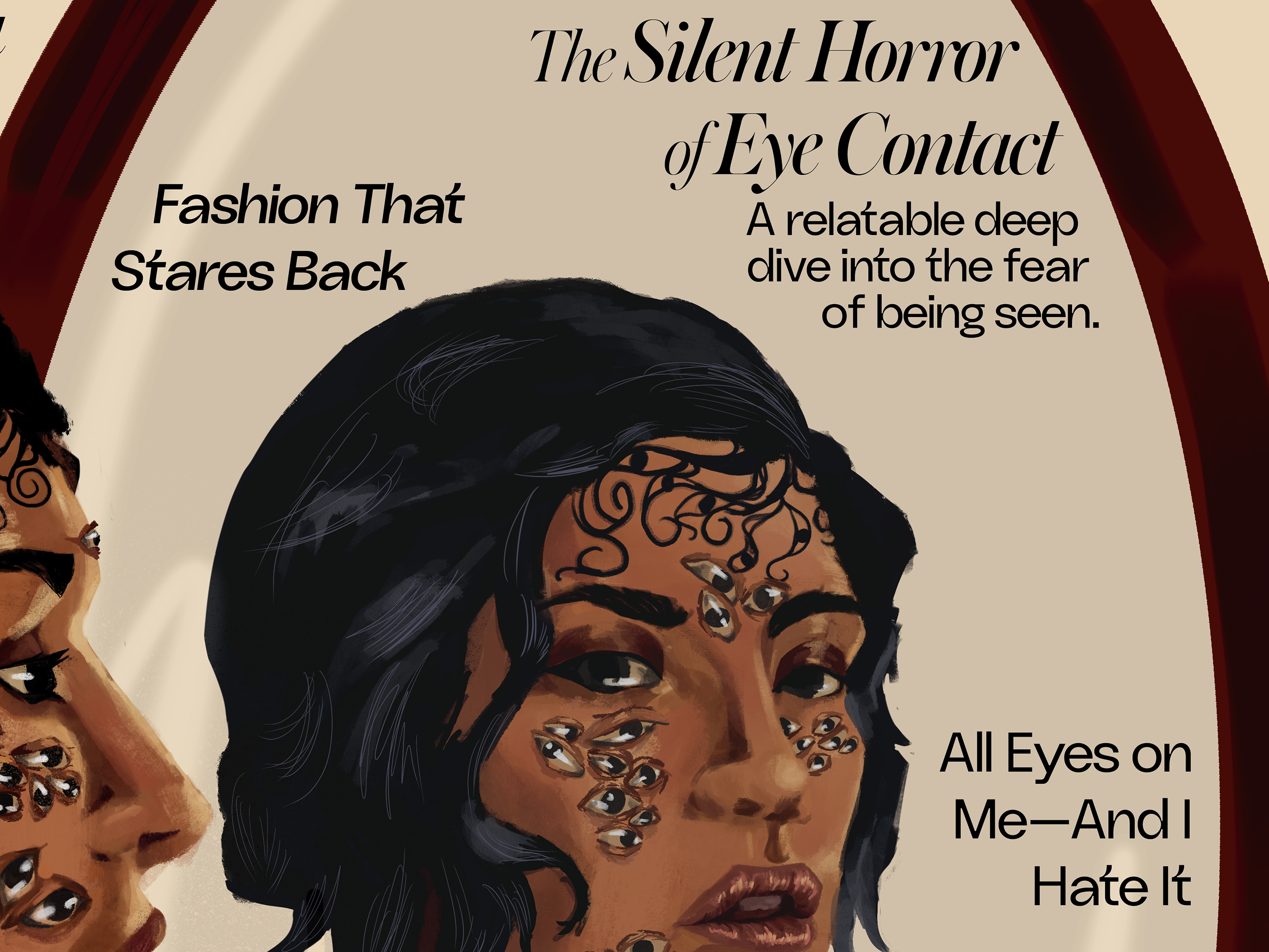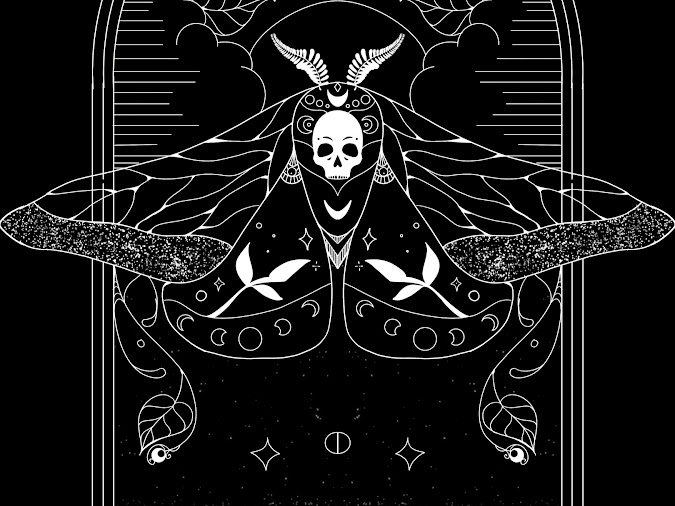Creative Statement
Brazil's typographic journey is a vibrant dance between heritage and innovation, weaving together European influences, indigenous artistry, and the pulse of a modern, digital age. From the early colonial presses of the 16th century to today's bold, globally recognized typefaces, Brazilian typography has evolved as a dynamic reflection of the nation's diverse cultural tapestry. The influence of European traditions is ever-present, but it is the infusion of indigenous elements, the modernist push of the mid-20th century, and the creative revolution in the digital era that have made Brazilian typography a unique voice on the global stage. This rich history, embodied in every curve and line of the type, tells the story of Brazil itself—complex, beautiful, and constantly evolving.
Key Influences and Characteristics
European Heritage: Brazilian typography has strong roots in European typographic traditions, particularly those of Portugal and Spain.
Indigenous Influences: Elements of indigenous Brazilian culture and art have occasionally been incorporated into typographic designs, adding a unique and distinctive touch.
Modernism and Functionalism: Modernist and functionalist design principles strongly influenced Brazilian typography in the mid-20th century.
Cultural Identity: Contemporary Brazilian typography often reflects the country's diverse cultural identity, incorporating elements of Brazilian history, music, and visual arts.
Digital Innovation: Brazilian designers have embraced digital technologies, creating innovative and visually striking typographic solutions.
